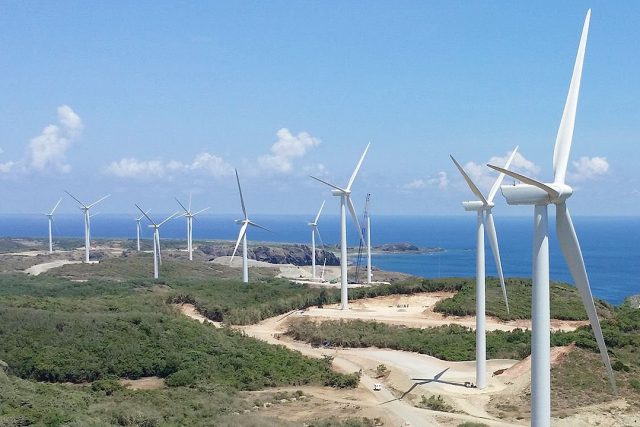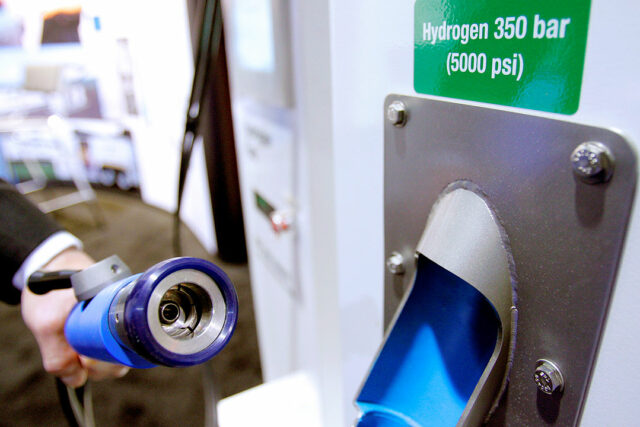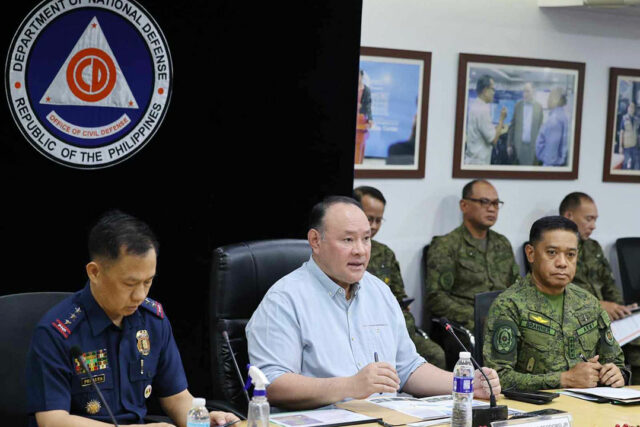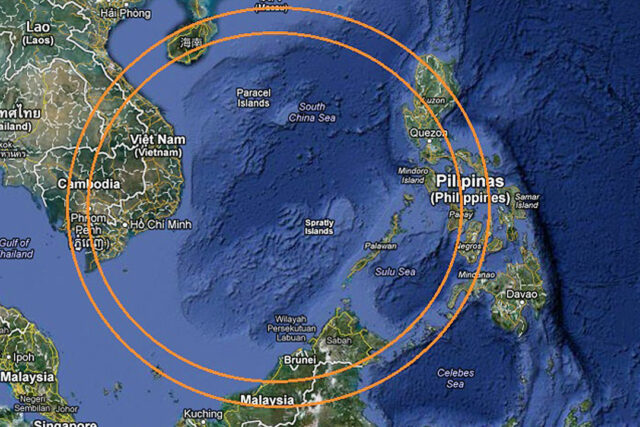By Kyle Aristophere T. Atienza, Reporter
FOREIGN extremists were responsible for Sunday’s bombing that ripped through a Catholic mass inside a university in the Islamic city of Marawi in southern Philippines, according to President Ferdinand R. Marcos, Jr.
The bombing happened at the Mindanao State University ’s Dimaporo Gymnasium while a Catholic mass was being held, killing four people and wounding 50 others.
“I condemn in the strongest possible terms the senseless and most heinous acts perpetrated by foreign terrorists upon the MSU and Marawi communities early this Sunday morning,” Mr. Marcos said in a statement.
“Extremists who wield violence against the innocent will always be regarded as enemies to our society,” he said.
Mr. Marcos said he had ordered the deployment of additional security personnel to ensure the safety of civilians and the security of affected communities, vowing to “bring the perpetrators of this ruthless act to justice.”
In a news conference in Metro Manila with other members of the security sector, Defense Secretary Gilberto Eduardo C. Teodoro, Jr. said the President’s statement was based on his consultations with the security sector, noting that there’s a strong indication of a foreign element in the Marawi blast.
He refused to discuss who could be involved in the incident because doing so would hamper the investigation.
“We are still looking at all possible angles to see what led to the bombing incident,” Armed Forces of the Philippines chief Romeo Brawner, Jr. said. “We are constantly gathering intel operations so we will be able to run after the perpetrators of this terrorist attack.”
A special task force has been formed to investigate the bombing, Police Major General Emmanuel B. Peralta said.
He said heightened alert has been declared placed over the capital region Metro Manila as a precautionary measure. This means increased police patrols, intelligence monitoring activities, and constant communication with Muslim communities and other groups.
Stricter checkpoints are expected in Marawi City, he added.
The bombing was preceded by Saturday’s clash in Barangay Tuayan, Datu Hofer, Maguindanao del Sur between members of the outlawed Dawlah Islamiya and the soldiers from the Army’s 601st Infantry Brigade that left 11 terrorists dead.
Lanao del Sur Gov. Mamintal A. Adiong, Jr., citing reports by officials of their Provincial Disaster Risk Reduction and Management Office (PDRRMO) said Sunday’s blast sent at least 43 of the wounded to various hospitals.
“I condemn this atrocity in the strongest terms and I will flex my authority, as provincial governor of Lanao del Sur, in helping the police and military identify its perpetrators,” Mr. Adiong said.
Brig. Gen. Allan C. Nobleza, director of the Police Regional Office-Bangsamoro Autonomous Region, said their ordinance disposal experts in Lanao del Sur and counterparts in the Army’s 103rd Infantry Brigade were still determining the type of improvised explosive device (IED) used in the attack.
Police probers found fragments of metal with sharp jagged edges scattered at scene.
The MSU, which was designated as a national peace university in 2015, said additional security personnel had been deployed to safeguard the campus and that it had suspended classes until further notice.
The university expressed solidarity with the Christian community and all those affected by the bombing, saying the “senseless and horrible violence” was an assault on its commitment to creating “a safe and inclusive community for all.”
“Violence has no place in a civilized society, and it is particularly abhorrent in an institution of higher learning like MSU, a bulwark of peace, harmony, solidarity, reverence for life and humanity,” it said.
“We will not be deterred by this act of violence, and we will continue to work towards building a more peaceful and just MSU community.”
Marawi City is still in the recovery stage years after a five-month battle between state forces and IS-linked militants pulverized neighborhoods in 2017.
“It is disheartening to see such violence play out in Marawi once again, years after the siege and well into a period of newfound peace enjoyed by our brothers and sisters under the Bangsamoro Autonomous Region in Muslim Mindanao,” Senate President Juan Miguel F. Zubiri said in a statement.
Lanao del Sur lawmaker Ziaur-Rahman Alonto Adiong urged the National Government “to leave no stone unturned” until the perpetrators are brought to justice.
“It is the bare minimum that we must do to ensure that the right to life of our citizens are protected,” he said in a statement. “Let this be a statement of our government’s enduring commitment to human rights and a lasting peace.”
US Ambassador to the Philippines MaryKay L. Carlson said the American government supports efforts to hold the perpetrators accountable.
PRIORITIES
“Mass bombings are a quick go-to tactic whenever sending political messages of terror,” said Joshua Bernard B. Espeña, who teaches international relations at the Polytechnic University of the Philippines.
The bombing is likely a message of retaliation from previous military operations that may have targeted or eliminated local yet foreign-influenced terror leaders, he said in a Facebook Messenger chat.
“Doing it inside a Christian mass [could be] a politico-religious message from Islamic State elements, whose influence still runs deep within an imperfect order in Mindanao.”
Georgi Engelbrecht, senior analyst at nongovernment organization Crisis Group, said stakeholders must never allow the incident and other similar threats from extremist groups to divide communities or threaten the peace process.
Mr. Marcos, 66, last month issued proclamations offering amnesty to Maoist, communist-inspired, and Islamic rebels.
His administration has ramped up efforts to shift the country’s focus to territorial defense from internal security amid an increasingly expansionist China, which has been aggressive within Manila’s exclusive economic zone in the South China Sea.
The growing focus on territorial defense should continue to be a priority while efforts continue to ensure security in the Bangsamoro region, Mr. Engelbrecht said.
Raymond M. Powell, a fellow at the Gordian Knot Center for National Security Innovation, said like so many other countries, the Philippines needs to strike a balance between a looming external adversary and a persistent internal threat.
“Though China’s maritime encroachment is the most difficult challenge right now, terrorism can never be ignored,” he said in an X message. “This should bolster calls on the legislature to increase the armed forces and coast guard capacity, the Philippines is to meet this increasingly complex threat environment.”
That the bombing happened inside Marawi City, which has gained national attention after the 2017 crisis, reeks of the Philippine government’s “inability to provide security for the full-blown rehabilitation of the city,” Mr. Espeña, the academic, said.
“This is a lesson learned for the Philippines that internal security is still a thing to consider by defense planners as much as it needs to prioritize China’s maritime assertiveness,” he added.
He said the Philippine government should stand its ground with an undeterred resolve to respond to the threat in the short term to avoid weakening its integrity in providing political leadership for the Bangsamoro region. — with a report from John Felix M. Unson












